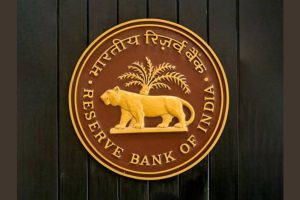The Reserve Bank of India’s (RBI) Monetary Policy Committee (MPC) is set to announce its first monetary policy decision under new Governor Sanjay Malhotra this Friday. Experts predict that the RBI will lower the repo rate by 25 basis points (bps) to support economic growth while maintaining control over inflation.
According to a report by Bank of Baroda, inflationary pressures have eased due to a drop in the prices of key vegetables like tomatoes, onions, and potatoes. This improved supply situation has helped stabilize the Consumer Price Index (CPI), providing the RBI with some flexibility to reduce rates cautiously. The report suggests that despite global macroeconomic and geopolitical uncertainties, a 25 bps rate cut is a likely move by the RBI in this policy.
Currently, the repo rate stands at 6.50 percent, with the RBI maintaining this rate for the past eleven policy meetings. In the December policy review, the MPC voted 5-1 to keep the rate unchanged, focusing on stability while observing inflation trends. The committee also implemented a 50 bps reduction in the Cash Reserve Ratio (CRR), lowering it to 4 percent to enhance liquidity and encourage credit growth.
While a 25 bps rate cut is widely anticipated, analysts believe the RBI may also introduce additional measures to address liquidity concerns and ensure sufficient cash flow in the banking system. A report by Emkay Research noted that market participants are looking for broader policy actions beyond just a rate cut, as liquidity remains a significant issue.
For the financial year 2024-25, the RBI has projected India’s real GDP growth at 7.2 percent, while the Economic Survey estimates a 6.4 percent growth, aligning with the National Statistical Office’s projections. Given these economic forecasts, a cautious approach to rate reductions is expected, with further cuts depending on the trajectory of inflation and macroeconomic conditions.
As the MPC prepares for its policy announcement, market participants will closely scrutinize Governor Sanjay Malhotra’s stance on rate cuts, liquidity management, and any additional policy measures aimed at sustaining India’s economic growth.





